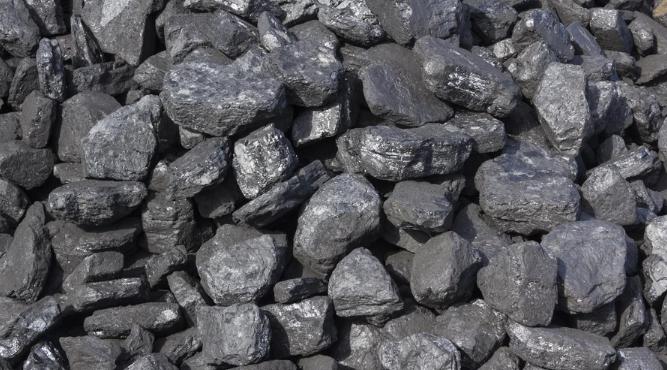Recent events have prompted the UK to reevaluate its decision to phase out coal power by 2025. Originally set with an eye on environmental conservation, this target is now challenged by pressing energy needs. Unforeseen events, including extreme weather conditions and international conflicts, have highlighted the limitations and vulnerability of the UK’s energy grid.
Although the number of active coal-fired power stations in the UK has drastically reduced from 14 in 2015 to just three, these remaining stations play a critical role during energy shortages. As Mike Hemsley of the Energy Transitions Commission noted:
“The UK grid was originally designed to transmit ‘coal by wire’. It is now faced with urgently having to bolt on renewables.”
The UK energy secretary’s decision to delay the closure of two back-up coal-fired power plants underscores the continued reliance on coal, especially during peak demand periods. The need for these stations was highlighted when plummeting temperatures and low wind levels led to a shortfall in energy supply.
‘Stay of Execution’ and The Revival of Coal Mining
Despite the ongoing transition to renewable energy, coal remains an essential part of the UK and Europe’s energy mix. The approval of the West Cumbria Mining Project, the first new coal mine in the UK in 30 years, underscores this reality. Michael Gove, secretary of state for leveling up, housing and communities, stated:
“I am satisfied that there is currently a UK and European market for the coal.”
The International Energy Agency (IEA) reported a rise in global coal consumption, attributing the increase to coal’s competitiveness against gas until at least 2025. Carlos Fernández Alvarez of the IEA, underscoring coal’s enduring role in the energy landscape, affirmed:
“Despite the recent decline in gas prices, until 2025, coal is still more competitive than gas.”
Given the continued reliance on coal and potential recurring winter power shortages, the closure of coal-fired power stations is not an immediate prospect. The re-emergence of coal mining in the UK also underscores a complex energy reality that intertwines with economic and geopolitical factors.
Changing Perceptions and Embracing Cloud Technologies
The adoption of modern technologies, including cloud computing and artificial intelligence (AI), is seen as a path to make coal a more sustainable energy source. These technologies are enhancing operational efficiency and enabling the industry to address emissions and other environmental concerns effectively.
The UK Coal Authority has laid out ambitious plans, including moving 100% of its online infrastructure to the cloud by 2050.
“It is important that our mining information systems are simplified and operating in the cloud so that they are resilient, future-proof, and flexible to support the needs of our customers and partners,” a spokesperson for the authority elaborated.
The authority is also delving into renewable energy, exemplified by their installation of solar panels and exploration into mine water heat as a stable, low-carbon energy source. This adaptation signifies the coal industry’s efforts to evolve and incorporate greener practices amidst the ongoing energy debates.
Repurposing Coal Assets for a Sustainable Future
As the global community grapples with the challenges of transitioning to clean energy, the repurposing of coal assets emerges as a viable strategy. The International Energy Agency recommends converting coal plants into low-carbon assets and integrating technologies to reduce emissions.
An innovative initiative by non-profit TerraPraxis, in collaboration with Microsoft, aims to help repurpose coal assets globally. They’re offering a free application, Evaluate, built on Microsoft Azure, to identify coal plants that can be retrofitted with small modular nuclear reactors.
However, the current geopolitical climate and environmental challenges highlight the continued reliance on coal-fired power generation. Fernández Alvarez, stated:
“There is a gap [in power generation capacity] that needs to be filled. And with high gas prices, it’s coal filling the gap.”
This sentiment is echoed by Roger Miesen of RWE SE, emphasizing the need for a balanced transition where alternative clean electricity generation capacities are scaled up in tandem with the phasing out of coal.



